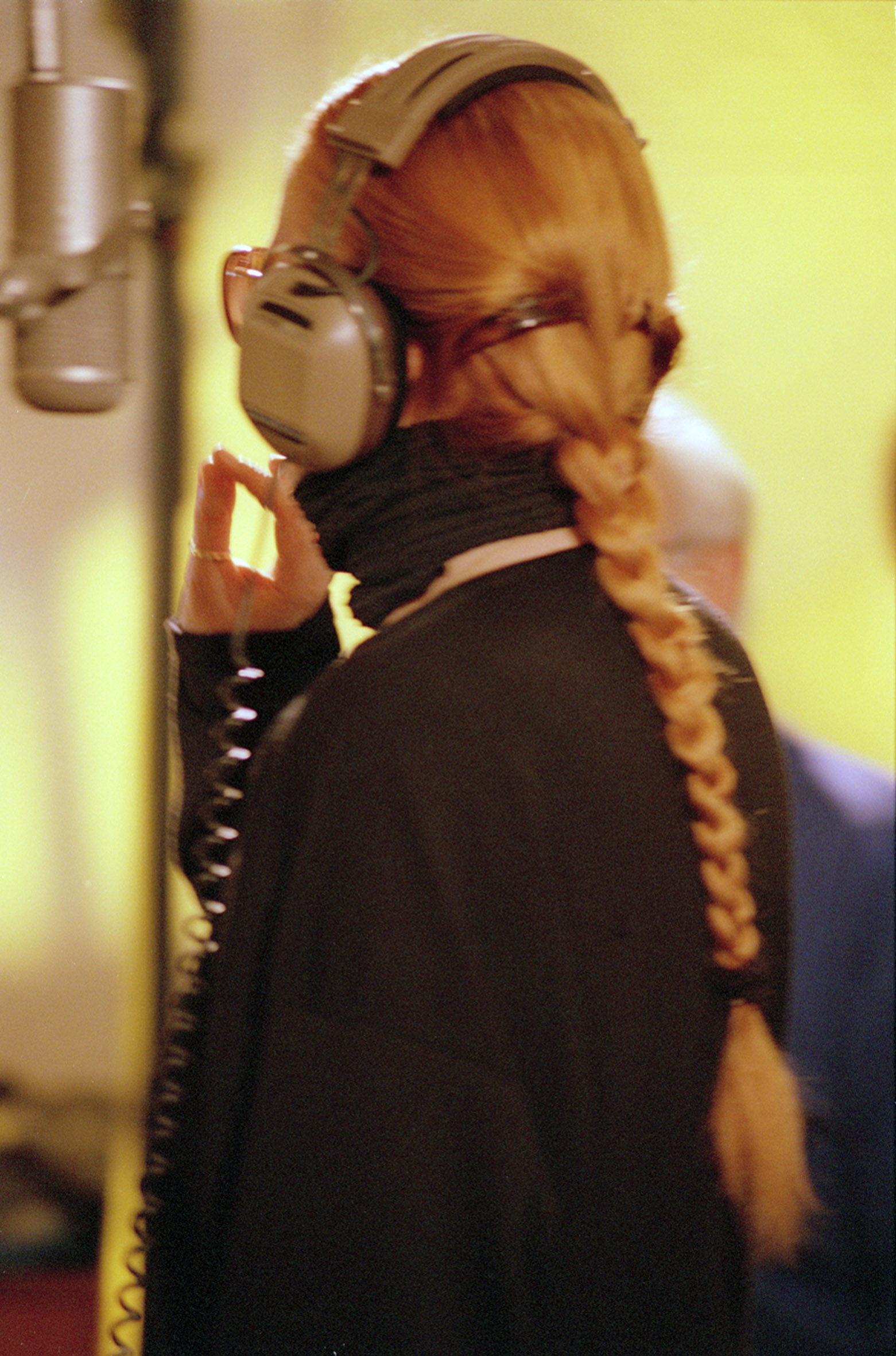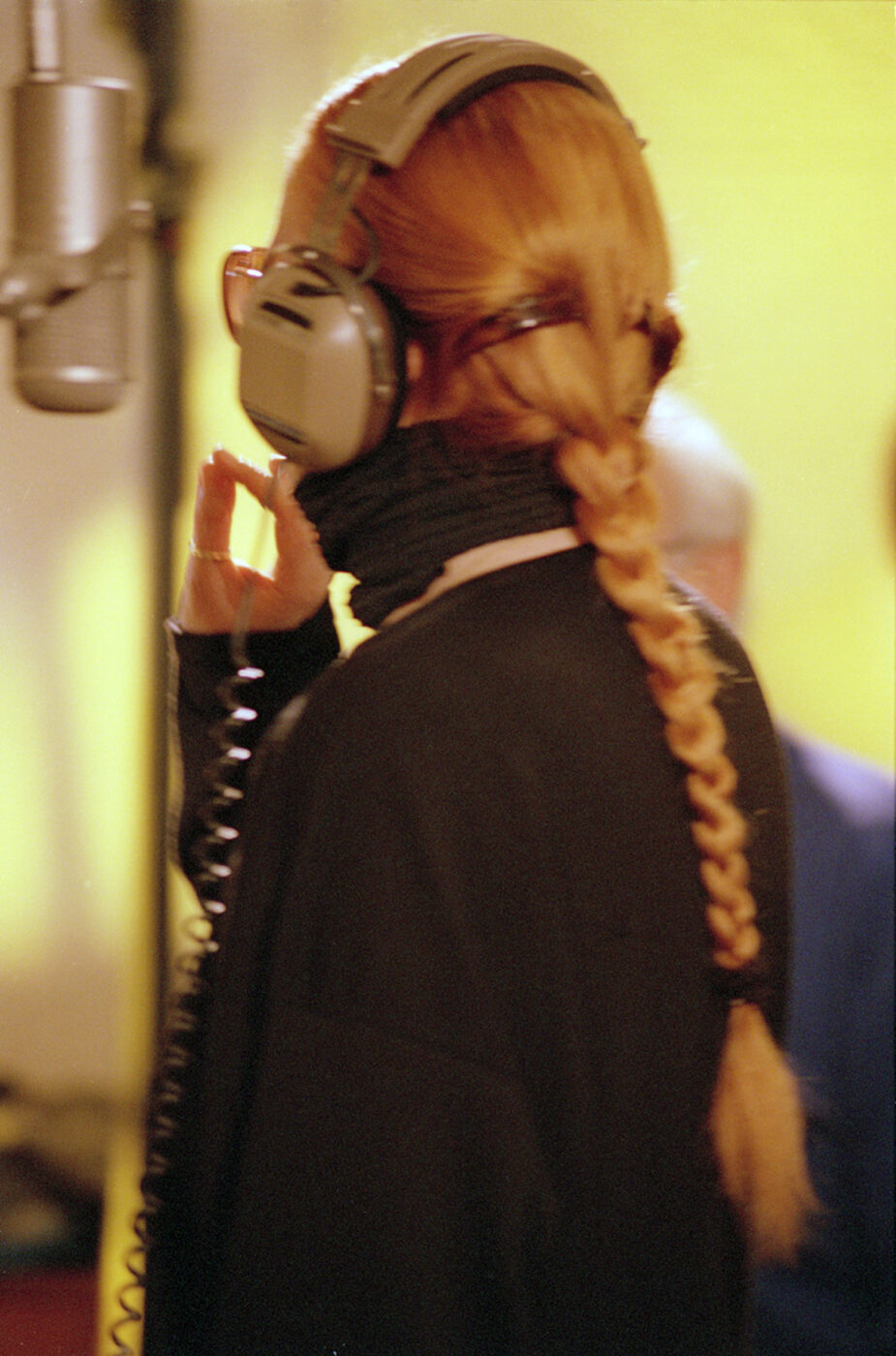Mina has never played by the rules–so it’s not surprising that she’s broken more than a few of them.
Her decades-long career is a masterclass in “firsts”: first Italian to turn pop stardom into high art, reinventing herself with every album cover—one moment a bodybuilder, the next an alien—long before Madonna or Lady Gaga made transformation their brands. The first to wear a miniskirt on Italian television, in 1970. (“I don’t like big gowns, I perform every night, I’d have to buy so many of them,” Mina explained at the time. “I chose the miniskirt because it’s cheap and comfortable. Who doesn’t wear one today? But the photographers are always shooting up at me from below… The thing is they want to paint me like a hussy. Why is that?”) The first–and only–Italian artist to have topped the official charts across eight different decades.
A style icon, a vocal powerhouse, and a symbol of fearless independence, Mina–and her irrepressible spirit–remain untouchable. With over 150 million records sold (matched only by Adriano Celentano), the so-called “Queen of Screamers” is the most successful Italian singer of all time, and has continued to dominate the charts without a social media presence and without giving a single interview or appearing on TV since the late ‘70s. She has spent her entire career doing what no one else dared, and, in doing so, broke more than just records. Here are five she was the first to set.
1. Release Albums with Entirely New Songs
In the 1960s, when the Italian music scene was still dominated by 45 rpm singles, Mina was thinking bigger. While most LP vinyls were compilations of previously released hits–like her first seven studio albums with Italdisc–she was the first Italian artist to approach the format as a standalone artistic project. Instead of recycling past singles, she released full albums of entirely new material. Distributed by label Ri-Fi in 1964, Mina (originally titled Mina in the World due to its multilingual tracklist) was one of Italy’s earliest concept albums. Internationally, albums like Woody Guthrie’s Dust Bowl Ballads (1940), Frank Sinatra’s In the Wee Small Hours (1955), and The Beach Boys’ Pet Sounds (1966) were rare examples of records composed entirely of new songs. Mina’s eponymous 1964 album set a new precedent in Italy, paving the way for LPs dedicated to single songwriters—an approach embraced by contemporaries like Lucio Battisti and Franco Califano, whose albums of all-original music appeared in 1971 and 1972, respectively.
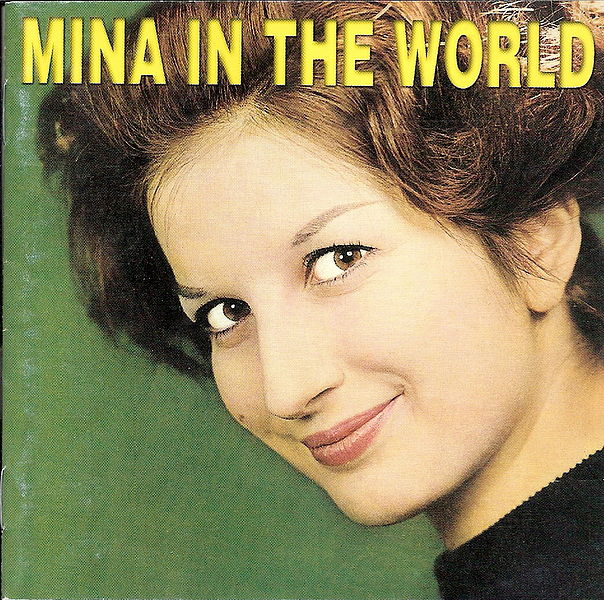
Mina in the world (1964), distributed by Ri-Fi
2. Record a Live Album
In 1968, Mina broke new ground in Italian music by releasing Mina alla Bussola dal vivo, the country’s first live album. Recorded during her performance at the Bussola nightclub in Marina di Pietrasanta, Tuscany, this album (her second with Warner Records) captured a pivotal moment: the concert, backed by the Orchestra Augusto Martelli, was held in celebration of the 10th anniversary of her career. It was a bold move at a time when live albums were uncommon in Italy; internationally, they were also barely picking up speed, with only a few stars–James Brown, Frank Sinatra, Johnny Cash, and Ella Fitzgerald–opting to record them during this decade. Perhaps unsurprisingly at this point, Mina’s live album became the best-selling 33 rpm record of that year. Over the next decade, Mina went on to record two more live albums, Dalla Bussola (1972) and Mina Live ’78 (1978) both with PDU, which clocked in at second and fourth, respectively, on the country’s annual charts.
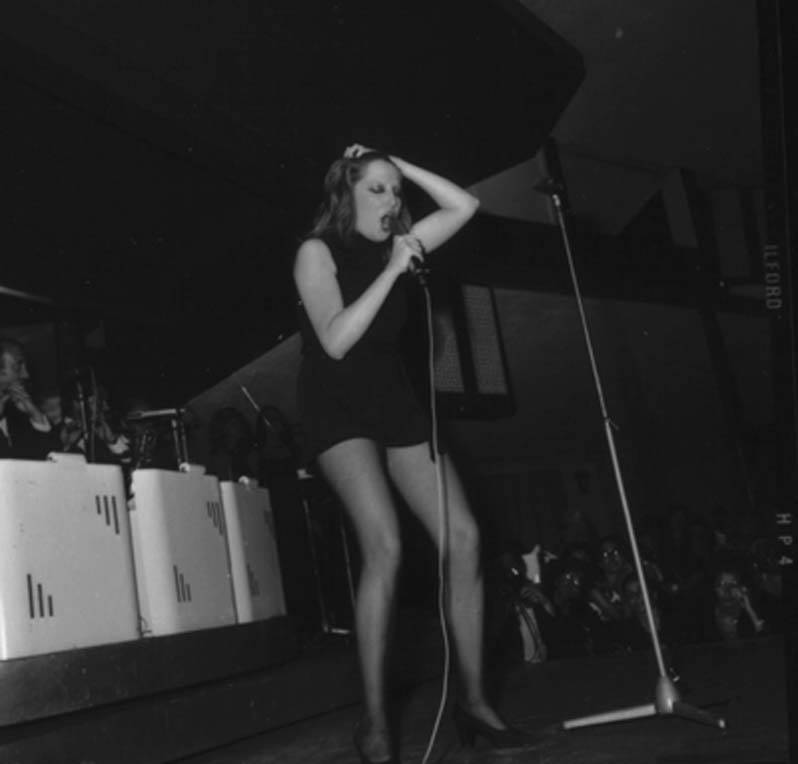
Mina live at La Bussola in 1972
3. Create her Own Record Label
Mina knew that, in order to have complete creative freedom, she needed her own record label–and a recording studio, too. So, in 1967, she founded PDU (Platten Durcharbeitung Unternehmungen or Produzione Dischi Ultrafonici in Italian), and became the first Italian singer to act as her own record label and music publisher. Her father, Giacomo Mazzini, helped create the multimedia production house, and it soon became a hub for talent and innovation: twenty-somethings Mauro Balletti and Gianni Ronco took charge of album covers and the drawings and graphics, respectively. Since 1987, her son Massimiliano Pani has taken the reins of PDU’s music production and business operations. What started as a bold move for Mina’s artistic freedom ended up changing the game for Italian music, paving the way for others like Madonna, Beyoncé, and Jay-Z to do the same.

Mina in the studio (2001); photo by Federico Leone ©PDU
4. Collaborate with Jazz Musicians in her Recordings
American jazz legend Kenny Barron once said: “You ask me who is the best Standard Jazz singer today? The greatest of all is an Italian singer named Mina.” And that high praise is well-deserved. Mina was the first Italian singer to choose jazz musicians to back her vocals, and not solely for songs that were ballad jazz. She believed that the best players excel in every genre–which applies to her as well–and chose musical collaborators who could do it all, bringing out the depth and versatility in her music. Thanks to her astounding voice, which spans three octaves (like Kelly Clarkson, Lana del Ray, and Celine Dion) and 40 semitones, she’s sung many different genres throughout her career–jazz, pop, soul, blues, rock-n-roll, tango, classical, and bossa nova. (In fact, she was the first to bring the latter to Italian audiences with her 1963 cover of Antônio Carlos Jobim’s “Chega de Saudade”, inspired by a personal love of Brazilian music and artists like Jobim himself, Vinícius de Moraes, and Chico Buarque–who also claimed that Mina was a great interpreter of the genre.)

Mina in the studio, with jazz musicians ©PDU
5. Wear Italian Designers on TV
Before Mina, Italian high fashion was relegated to the runways or the pages of glossy magazines. She became the first TV star to bring haute couture from Italian fashion houses onto the screen, transforming Sabato Sera (1967)–a variety TV program that she hosted–into a weekly fashion event and introducing audiences to the brilliance of Italy’s top designers. For ten episodes, five of the country’s most visionary names created custom pieces just for her: Federico Forquet (Episodes I and X), Krizia (Episodes II and VI), Emilio Pucci (Episodes III and VII), Germana Marucelli (Episodes IV and VIII), and the Fontana Sisters—Micol, Zoe, and Giovanna (Episodes V and IX). Highlights include a geometric, black-and-white striped dress from Forquet, and a futuristic silk number by Krizia–held up by a thick, tubular hoop of a collar and accented by matching hoops on her upper arm. Each designer had two episodes to showcase their artistry. (For her previous Saturday night TV performances on Studio Uno, Mina had already been a dream muse for the country’s greatest costume designers, and was dressed by the likes of Folco, Corrado Colabucci, Enrico Rufini, and Fausto Sarli.)
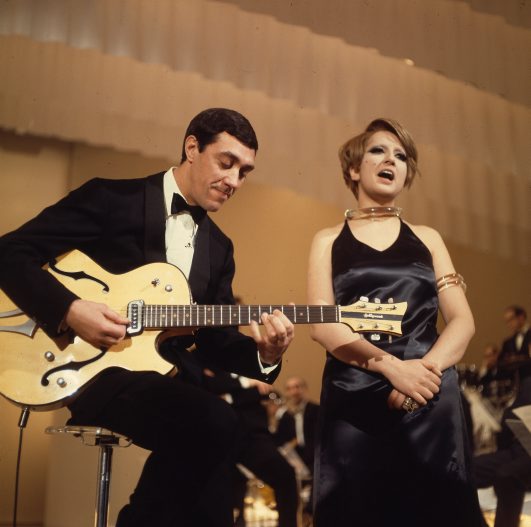
Mina wearing Krizia on Sabato Sera; Courtesy of PDU
